
What should we pay attention to when purchasing lead-acid batteries and lithium batteries?
2021-11-18 14:051. Classification and characteristics of batteries
Lead battery and lithium battery are widely used at present.What should we pay attention to when purchasing lead-acid batteries and lithium batteries?The following is the most complete details for energy storage battery parameters.
1-1 Lead acid (carbon) batteries
Lead acid battery can be used for power system backup power supply, solar and wind power generation and energy storage system, military and maritime equipment backup power supply, etc.
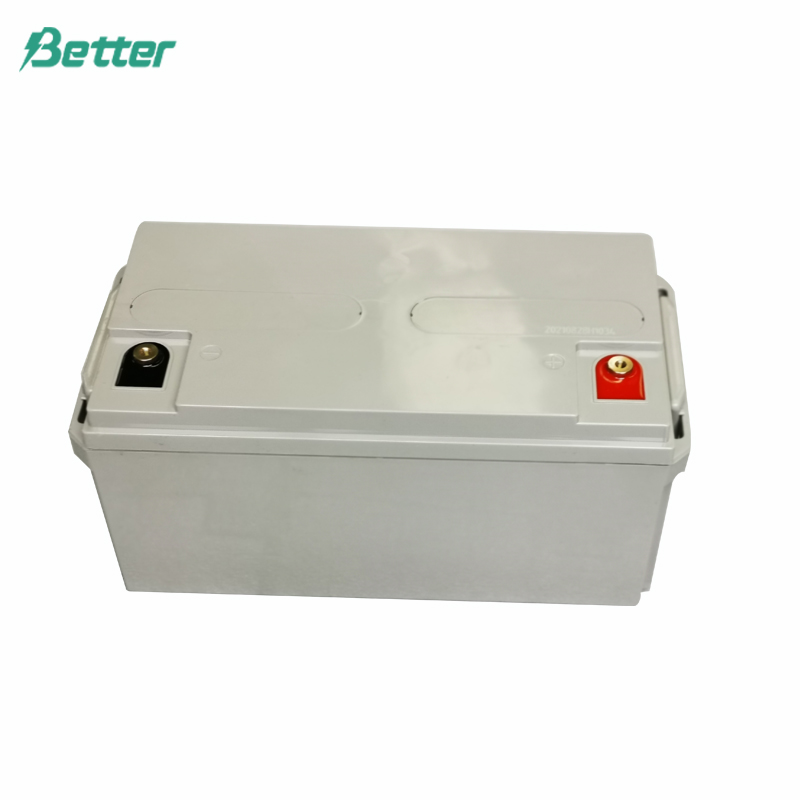
Lead acid UPS battery
Lead carbon battery is a kind of capacitive lead acid battery, which adds active carbon into the negative electrode of lead acid battery, which can significantly improve the life of lead acid battery
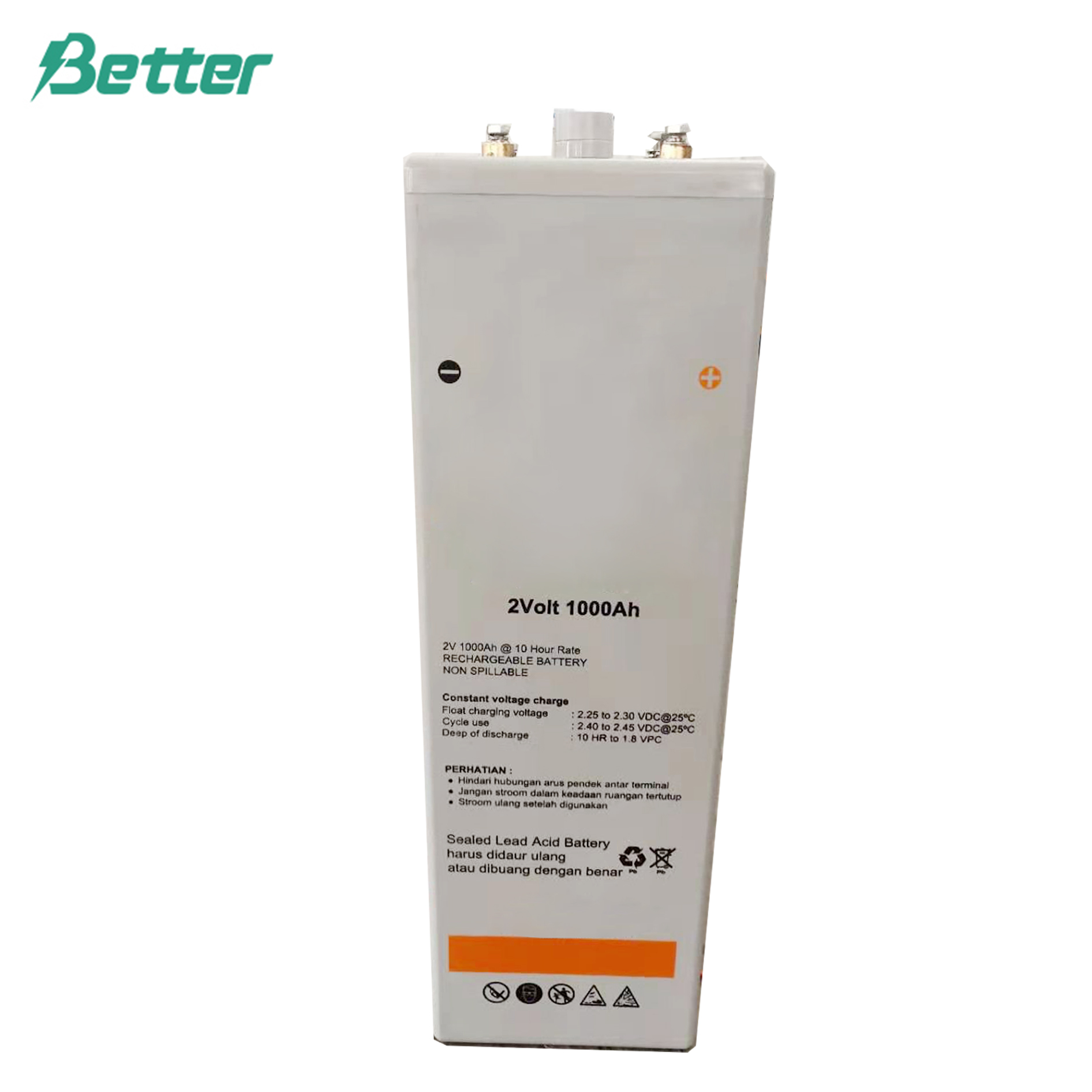
Lead carbon 2V battery
Noted:
Because of its low initial cost, lead-acid batteries are widely used in projects requiring low charge and discharge frequency. At the same time, due to the disadvantages of low capacity density, short running time and low cycle life of lead battery, the proportion of lead battery in energy storage applications and electric vehicles is gradually decreasing.
1-2 Lithium battery
Lithium battery uses lithium metal or lithium alloy as anode material and uses non-aqueous electrolyte solution. It has many advantages such as high energy, long service life and light weight. Widely used in hydraulic, thermal, wind and solar power stations and other energy storage power systems
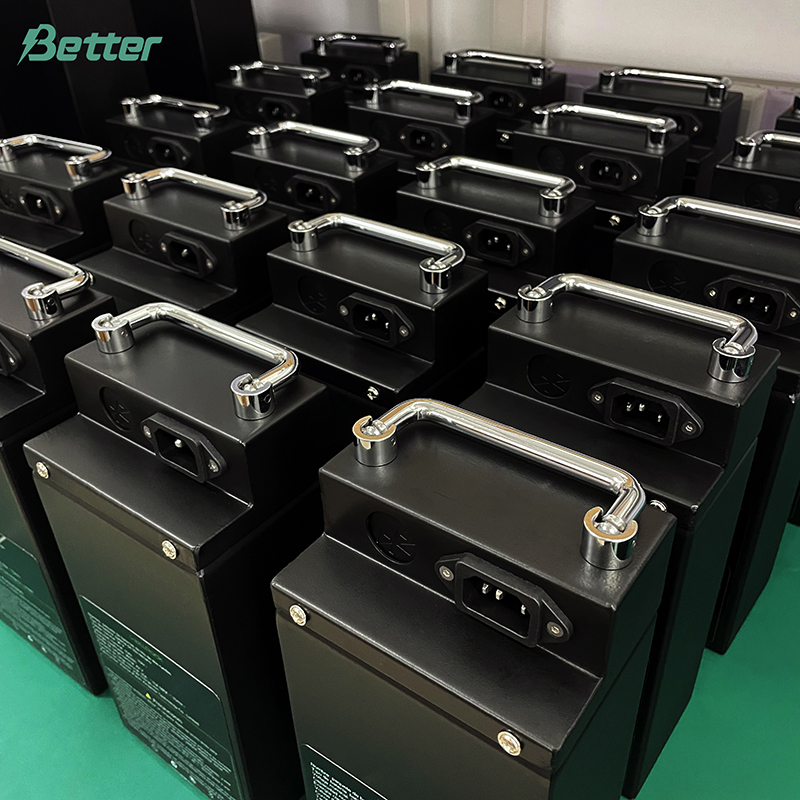
Lithium battery
Noted:
Moreover, different cell materials will lead to performance differences, the type of cell process will also reflect significant differences.
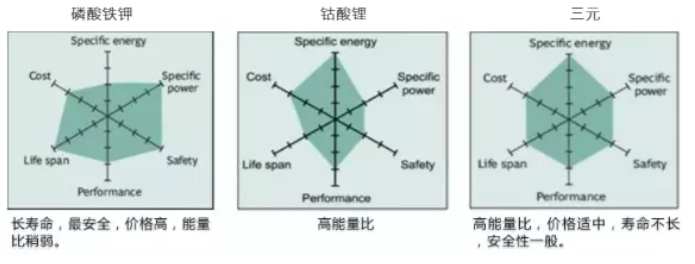
2. Main performance parameters of battery
2-1 Ah (capacity)
Ah indicates the battery capacity, for example, 48V100Ah indicates that the battery capacity is 4.8 KWH.
Noted:
Nominal voltage and nominal ampere hour are the most basic and core concepts of the battery.
Electric quantity Wh= power W* hour h= voltage V* ampere hour Ah
2-2 C (battery discharge C rate)
C indicates the charging and discharging capacity ratio of the battery. Charge and discharge ratio = charge and discharge current/ rated capacity.
Noted:
A measurement of the speed of an electric discharge. Generally, the capacity of the battery can be measured by different discharge currents. For example, if the battery capacity is 100A·h, the discharge rate is 0.15C when it is discharged for 15A.
2-3 DOD (Depth of Discharge)
DOD means the capacity released by a battery as a percentage of its rated capacity during the battery usage.

Noted:
For the same battery, the DOD is inversely proportional to the battery cycle life. When you improve performance in one area, you will sacrifice performance in other areas.
For example: when DOD is 80%, lithium battery cycle life can reach 6,000 ~ 12,000 times.
relationship between DOD and the number of battery cycles
2-4 State of charge (SOC) :
SOC indicates the percentage of the battery remaining capacity to the rated capacity of the battery.
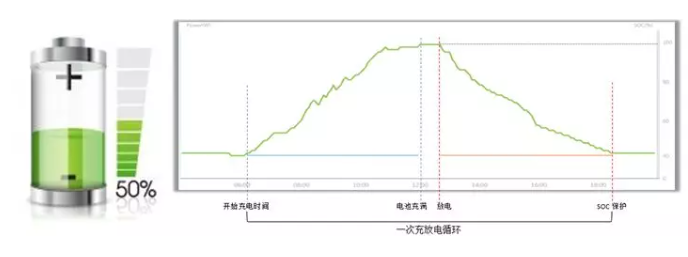
2-5 SOH (State of Health)
The battery health status (including capacity, power, internal resistance, etc.) is the ratio of the capacity released by the battery from the fully charged state to the cut-off voltage at a certain rate to its corresponding nominal capacity.
Noted:
In short, the ratio of the performance parameters to the nominal parameters of the battery after a period of use, the new battery is 100%, and the total scrap is 0%. According to IEEE standards, the battery should be replaced if the capacity of the battery when fully charged is less than 80% of the rated capacity after a period of use.
2-6 Three phases
Three phases generally refers to a three-stage charging device, three-stage charging is an automatic charging process; constant current, constant voltage and floating charge are three necessary stages of three-stage charging.
Conclusion
With the reduction of battery cost, the improvement of battery energy density, safety and life, energy storage will be used in a larger scale.
